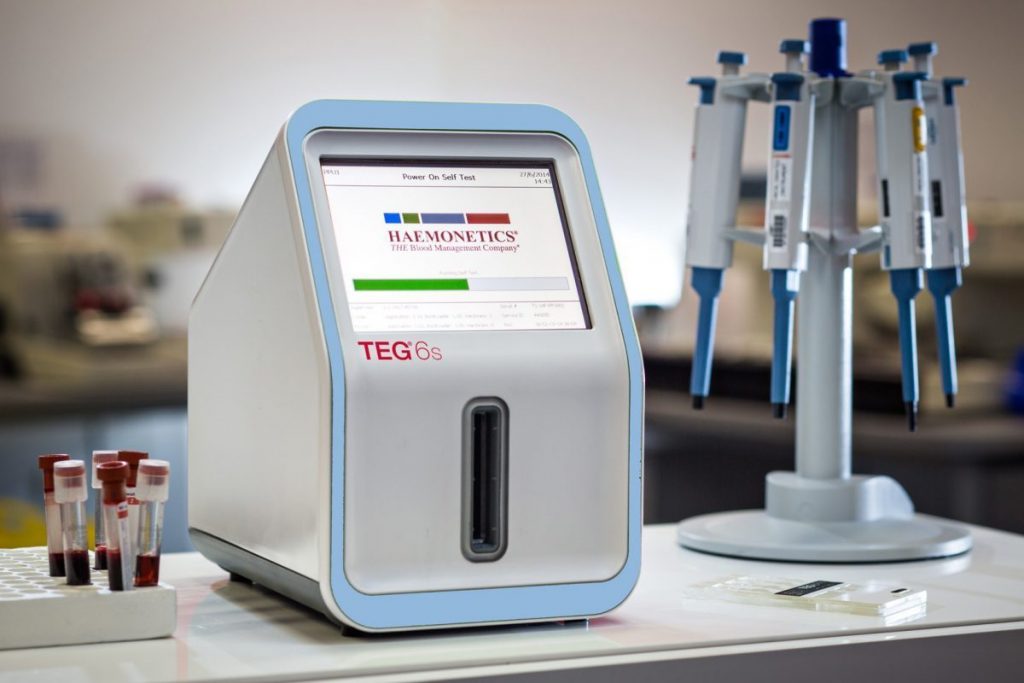Hypothermic Circulatory Arrest Induced Coagulopathy: Rotational Thromboelastometry Analysis

Objectives
Hypothermic circulatory arrest (HCA) has been considered to cause coagulopathy during cardiac surgery. However, coagulopathy associated with HCA has not been understood clearly in details. The objective of this study is to analyze the details of coagulopathy related to HCA in cardiac surgery by using rotational thromboelastometry (ROTEM).
Methods
We retrospectively analyzed 38 patients who underwent elective cardiac surgery (HCA group = 12, non-HCA group = 26) in our hospital. Blood samples were collected before and after cardiopulmonary bypass (CPB). Standard laboratory tests (SLTs) and ROTEM were performed. We performed four ROTEM assays (EXTEM, INTEM, HEPTEM and FIBTEM) and analyzed the following ROTEM parameters: clotting time (CT), clot formation time (CFT), maximum clot firmness (MCF) and maximum clot elasticity (MCE). The amount of perioperative bleeding, intraoperative transfusion and perioperative data were compared between the HCA and non-HCA group.
Results
Operation time and hemostatic time were significantly longer in the HCA group, whereas CPB time had no difference between the groups. The amount of perioperative bleeding and intraoperative transfusion were much higher in the HCA group. SLTs showed no difference between the groups both after anesthesia induction and after protamine reversal. In ROTEM analysis, MCE contributed by platelet was reduced in the HCA group, whereas MCE contributed by fibrinogen had no difference.
Conclusion
Our study confirmed that the amount of perioperative bleeding and intraoperative transfusion were significantly higher in the HCA group. ROTEM analysis would indicate that clot firmness contributed by platelet component is reduced by HCA in cardiac surgery.
